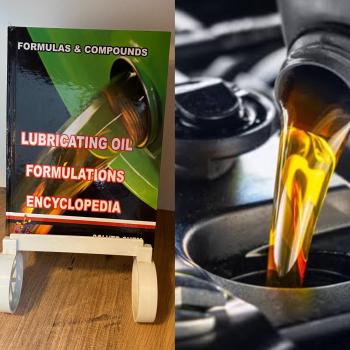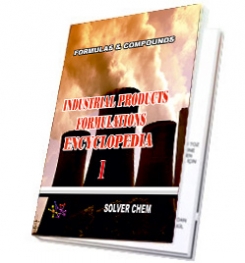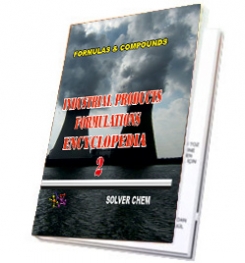
Petroleum-based mineral oils function very well as lubricants in probably 90 percent of industrial applications. They are cost-effective and provide a reasonable service life if used properly but have some limitations, depending upon the specific type of base stock used, the refining technology, the type and level of additives blended, and the operating conditions encountered. The main service difficulties within mineral oils are:
1. The presence of waxes, which can result in poor flow properties at low temperature.
2. Poor oxidation stability at continuously high temperatures, which can lead to sludge and acid buildup.
3. The significant change in viscosity as the temperature changes, which can cause the base oil to thin excessively at high temperature.
4. A practical maximum high-temperature application limit of about 125 degrees C (250 degrees F) above which the base oil oxidizes very rapidly. It is desired to keep mineral oil-based lubricants within the operating range of 40 to 65 degrees C (100 to 150 degrees F).
Synthetic base oils are expensive because of the processing involved in creating these pure chemical base oils. Their use must justify the additional cost. There should be a financial benefit to using them.
With regard to their chemical purity, think of the analogy of a container of balls. Mineral oil would be like having the container filled with many different balls of different shapes and sizes, such as footballs, baseballs, tennis balls, ping-pong balls, soccer balls, golf balls, etc. Mineral oils contain thousands, if not millions, of different chemical structures (molecules). A synthetic oil would be the equivalent of having the container filled with just one type of ball (tennis balls). Every structure in the container of synthetic oil is almost identical to the structure beside it.
The two main advantages of synthetic oils are their ability to outperform mineral oils at high operating temperatures (above 185 degrees F) and at low operating temperatures (below 0 degrees F). There are other potential advantages, too.
Depending on the type of synthetic, other advantages of synthetic lubricants (beyond the high- and low-temperature advantage) may include:
- Improved energy efficiency (less than 1 percent) due to better low-temperature properties
- Higher oil film strength with some synthetics
- Extended warranties by some equipment manufacturers
- Lower engine hydrocarbon emissions
- Extended drain intervals in some (clean) applications
- Biodegradability with some synthetics (esters)
- Natural detergency
- Higher viscosity index
- Fire resistance (phosphate esters)

any engine oil
LUBRICATING OIL
FORMULATIONS
ENCYCLOPEDİA
is enough.
LUBRICATING OIL FORMULATION ENCYCLOPEDIA has many formulations of greases, complex grease, lithium grease production,sodium greases formula, formulation,multigrade engine oils manufacturing process,motor oils making, gear oil production, synthetic engine oils,semi synthetic motor oils,gasoline oils,diesel oils production process,composition of turbine oils,transmission oil manufacturing, production of cycle motor engine, tractor oils,mineral based motor engine production,heat transfer oils, slideway oils formulation, formulations, cutting oils formula,formulas grinding oils,mould oils manufacturing process and etc.
All lubricating oils in the encyclopedia are producible easily.You need no help and no technıcal support. The encyclopedia is enough to produce lubricating oils and engine oils itself.
LUBRICATING OIL
FORMULATIONS
ENCYCLOPEDIA
is written clear and understandable.


HARD BOOK E BOOK
RELATED TAGS: What is engine oils,making synthetic diesel engine oil,semi synthetic engine oil manufacturing process,mineral based engine oil production, heavy duty engine oil formulation,high performance engine oil formula,formulas,properties of motor oils,synthetic motor oil msds, analysis,composition of engine oils,additives of motor oils, mineral engine oil formulation,make semi synthetic diesel engine oil, base oils,synthetic base oils,light neutral oil,heavy neutral oil,performance additives package, properties of diesel engine oil, how to formulate engine oils, types of engine oils, synthetic motor oils,ingredients of engine oils,compounds of engine oils, index of motor oil,characteristic of motor oils,application of motor oils,combination of synthetic engine oils.
SOLVERCHEM PUBLICATIONS

|
|

|
|

|
|
